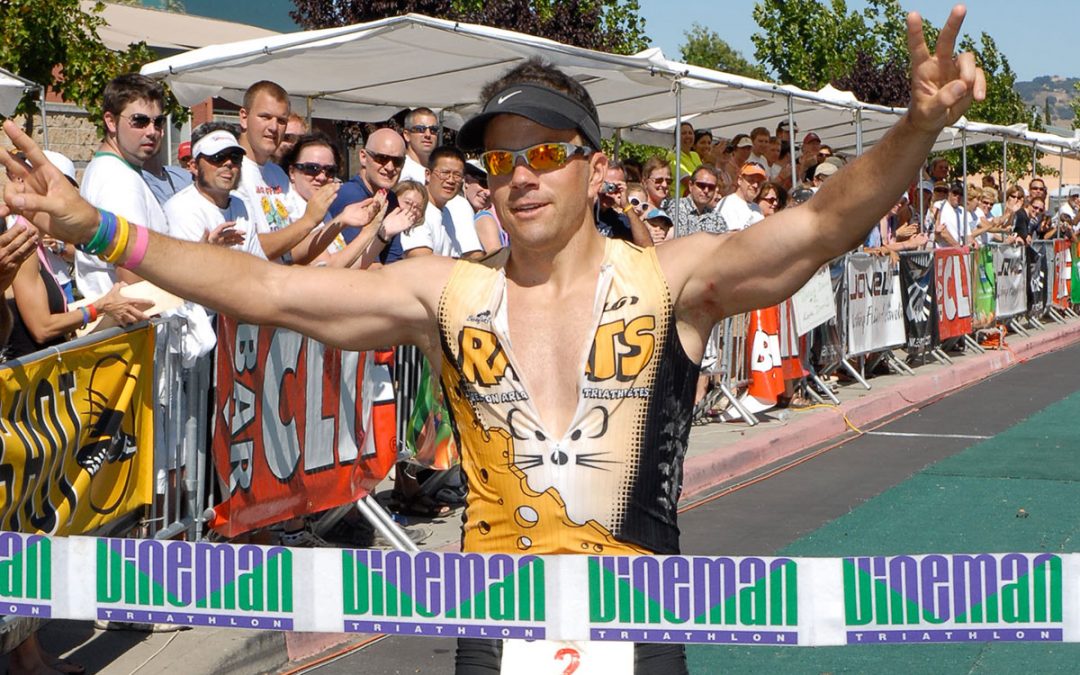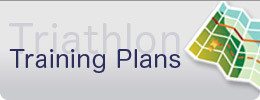Long Course Triathlons Are Unique From Short Course Races
Half and full triathlons are a different than shorter triathlons for a number of reasons:
- Massive amounts of athletes – more than 3,000 individuals will register for a typical IRONMAN race.
- It’s a long day: 4 to 8 hours for a half and 8 to 17 hours for a full.
- Temperatures and weather can vary significantly throughout the day. For example, IRONMAN Vineman is typically in the 50’s F on race morning then temperatures can rise to 90F+ later in the day before cooling off again at night.
- Greater chance for blisters, chafing and sunburn.
- You pass through changing tents for each transition (full IRONMAN).
With many races coming up in the the next few months and many athletes new to the longer distances, here is a checklist of what to bring with you and why on race day.
Half and Full IRONMAN Race Day Checklist
Pre-Race:
- Rub Body Glide around your toes (helps with blisters), neck (wetsuit chafing), where your arms rub against your torso when you run, your inner thighs (if they rub together) and around your waist (shorts drawstrings and race belts may cause chafing)
- Apply sunscreen on after you get body marked. Otherwise the race numbers will come off.
For the Swim:
- Bring 2 pairs of goggles with you to the race in case a strap breaks during a practice swim or pre-race. Also, bring “more tinted” and “less tinted” pairs depending on sun conditions at race morning.
- Put your swim cap on over your goggles so you won’t lose your goggles if they are knocked loose during the swim.
- Use anti-fog drops to prevent your goggles from fogging up. Just make sure you rinse off the soapy solution prior to putting them over your eyes.
For the Bike:
- Carry 2 extra tubes (if you’re using clincher tires) or a spare tubular (if you’re using tubular tires) plus 2 CO2 cartridges and a tire lever. There will be bike support at the race, but you may have to wait a long time for it. Having a 2nd CO2 cartridge helps if you just have a slow leak or botch using the first one. If you’re traveling by plane, don’t place CO2 cartridges in your luggage as TSA may remove them from your bag . Pick up the cartridges at the race expo or local bike store.
- Carry a small multi-tool in case something loosens like your aerobars or seat post.
- Wear sunglasses during the bike. Bugs and gravel can hit you in the face.
- Use a race number belt (if number required for the bike). Keep your number behind you during the bike (crumple it up so it’s less flappy in the wind) then move it to your front during the run. If the race only requires a race number on your body during the run then put on the number and belt as you run out of T2.
- Use bike special needs bag as a backup (IRONMAN distance only). Special needs bags are optional but good for food or drinks that are not available on the course (I like Gummi Bears) or things that you might drop accidentally on the course (like electrolyte capsules). Even if you put stuff in Special Needs, you still choose not to pick it up if you don’t need the items.
For the Run:
- Use run special needs bag as a backup Same as bike. Also, if the temperatures cools down at night and you’re expecting to finish later, you may consider adding a long sleeve shirt that you can afford to throw away, too. A spare pair of socks is not a bad idea either if you’re feet get wet.
- Visor or mesh racing hat. I like visors because the heat escapes from my head easier but you can put ice inside hats if it’s hot.
- Avoid getting your feet wet from garden hoses and sprinklers. Your feet will thank you later with lighter shoes and fewer blisters.
- Wear a lightweight, technical sock to help prevent blisters while running.
- Wear sunglasses. You can always place them on top of your head if you don’t need them.
Additional Considerations on Race Day
- Be comfortable during the race. If that means changing into run shorts for the run then change. I try to wear the same clothing all the way through for faster transitions.
- Don’t forget to smile for the cameras and the crowds. Smiling makes for better pictures and better crowd support to help you get through the last few painful miles.
Good luck racing!
David
—
About the Author:
David B. Glover, MS, CSCS has completed 28 IRONMAN distance triathlons including two sub 9 hour finishes and winning Vineman Full twice. Now, David’s passion now is helping triathlete and other endurance athletes achieve their dreams through his online triathlon education and training company, ENDURANCEWORKS. David has an MS in Exercise Physiology and is certified as a coach by USA Triathlon and USA Cycling as well as having his CSCS from NSCA. David currently resides in the triathlon mecca of Boulder, Colorado.
Please note: IRONMAN®, IRONMAN 70.3® and IRONMAN Triathlon® are registered trademarks of World Triathlon Corporation (WTC).


